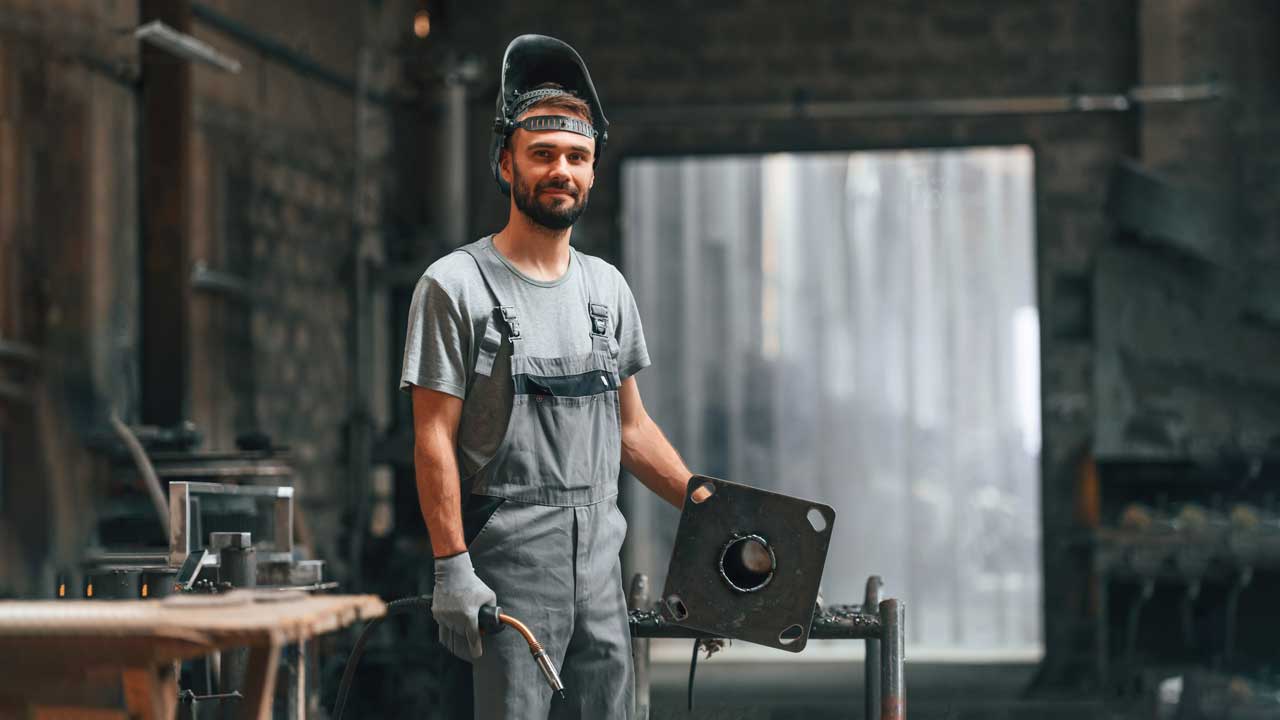Motorized vs Manual Work Positioner: What You Need To Succeed
Key Takeaways
- Application-Based Selection: Choose motorized positioners for frequent adjustments, heavy loads (200+ pounds), precise positioning requirements, and when operator safety is paramount.
- Efficiency Considerations: Motorized positioners increase productivity by 20-30% through faster adjustments, reduced operator fatigue, and consistent positioning capabilities for repetitive tasks.
- Investment Analysis: While motorized options have higher initial costs (typically 30-50% more), they deliver stronger ROI for high-volume operations through reduced injury rates and increased throughput.
- Ergonomic Advantages: Both types improve ergonomics, but motorized systems eliminate manual cranking and pumping, significantly reducing repetitive strain injuries in high-frequency adjustment environments.
- Operational Flexibility: Manual positioners excel in environments with power limitations, infrequent adjustments, space constraints, or where simplicity and lower maintenance are priorities.
Using the right positioner is important in the manufacturing world. Deciding on a motorized or manual work positioner for your optimal work solution makes your professional life easier than ever–if you make the wisest decision for your needs.
Manufacturing professionals often struggle to decide between a motorized or manual work positioner for all their operating requirements. Choosing your path to success starts with deciding which of these positioners is best for you. Read more to learn about the differences and advantages of a motorized or manual work positioner to help make your decision easier!
What is a Motorized Work Positioner?
A motorized work positioner is a type of ergonomic positioner that provides smooth, reliable positioning to suit any work position. These devices, like our Ergo Master® or Ergo Chief® positioners, allow you to easily and safely manipulate work loads up to 400 pounds. The Ergo Master® is a manual multi-axis work positioner, while the Ergo Chief® is a motorized positioner version.
These work positioners available from Ergotronix include the following:
- Ergonomic multi-axis work/weld positioner
- 360º rotation, height, and tilt positioning
- Flexible and safe work holding/positioning
- Easy fixturing
- Optional weld ground system
- Mobile options
What is a Manual Work Positioner?
Manual work positioners like the Ergo Master® hold a similar purpose to motorized positioners but each position is manually manipulated. The Ergo Master® is available in several multi-axis positioner configurations, including a 2-axis bench mount and a 3-axis floor mount for up to 300-pound load capacities.
The manual work positioner available from Ergotronix includes the following:
- Multi-axis work/weld positioner
- 360º rotation, height, and tilt positioning
- Repetitive safe holding lock in the desired working position
- Adjustable friction during positioning transitions
- Supports workloads up to 300 pounds
- Mobile options available
Benefits of Manual Work Positioners
Advanced Safety Capabilities
High-quality manual work positioners reduce the risk of on-job injuries, protecting employees and enhancing safety at work. Because of the position flexibility of a manual work positioner, employees work faster and safer, boosting productivity and guaranteeing that the operator is comfortable throughout the entire manufacturing process.
Consistent and High-Quality Results
Manual work positioners are highly reliable, producing consistent results for a very long time. Manual work positioners promote consistent high-quality work output.
Reduced Labor Costs
Many organizations use manual work positioners to reduce labor costs, as these devices lower the amount of labor necessary to produce an effective end product. These machines not only reduce time spent on production but encourage cost savings. They are created for long-term use and are reliable, lowering the amount you’ll spend on maintenance and saving you money long-term.
Time Management
A manual work positioner is excellent for managing your time on the job and promoting efficient, seamless operations. The higher the quality of your positioner, the faster the cycle times will be, as these devices reduce the need for cumbersome physically rotating and tilting of the work into the right position for operation. This benefit means you can get more done faster without sacrificing quality.
On-site injuries are one of the biggest concerns many people in manufacturing and engineering face on a daily basis. Exposure to unguarded and unsafe machines causes frequent injuries for employees. In fact, the Occupational Safety and Health Administration (OSHA) found that people who operate and maintain machinery face an estimated 18,000 annual amputations, lacerations, abrasions, crushing injuries, and deaths annually. With this in mind, there’s no denying the importance of effective work positioners in the workplace. An ergonomic decision, such as a motorized or manual work positioner, reduces employee strain and fatigue, lowering the chance of injury and fostering a safer work environment.
Benefits of Motorized Work Positioners
High Load Capacity
One of the primary advantages of a motorized work positioner is its ability to safely manipulate higher loads compared to a manual work positioner. For instance, Ergotronix’s motorized Ergo Chief® can easily manipulate loads up to 400 pounds, eliminating the need for operators to do all of the heavy lifting, contributing to lower injury rates.
Efficiency
Motorized work positioners are incredibly efficient, reducing the time required to complete industrial operations. Because of the numerous operational benefits of motorized positioners, employees can navigate work efficiently and safely, getting more done in less time.
Adaptable
A motorized work positioner can help with practically any application or operation in the manufacturing and engineering world, making them valuable assets for teams looking to simplify operational processes. No matter the scope of your project, a high-quality motorized work positioner can meet your needs.
Why Ergotronix is the Top Provider for Your Positioner Needs
Whether you’re looking for a motorized or manual work positioner, we’ve got you covered. Ergotronix is the top provider of positioning equipment, meeting all of your manufacturing needs to ensure that your operations run smoothly and go off without a hitch.
Our ergonomic solutions reduce fatigue, and operational errors that can easily occur without proper equipment. From our motorized Ergo Chief® to our manual Ergo Master®, there’s no shortage of options for work positioners when you choose Ergotronix.
Are you interested in learning more about the Ergotronix solution? Contact us today to find out more about our offerings.



